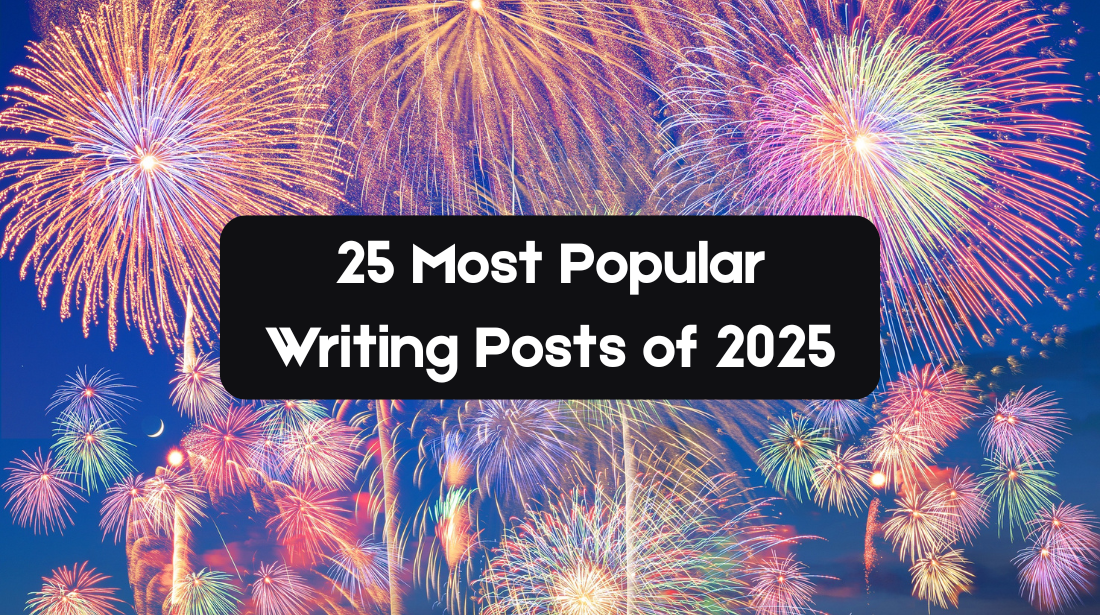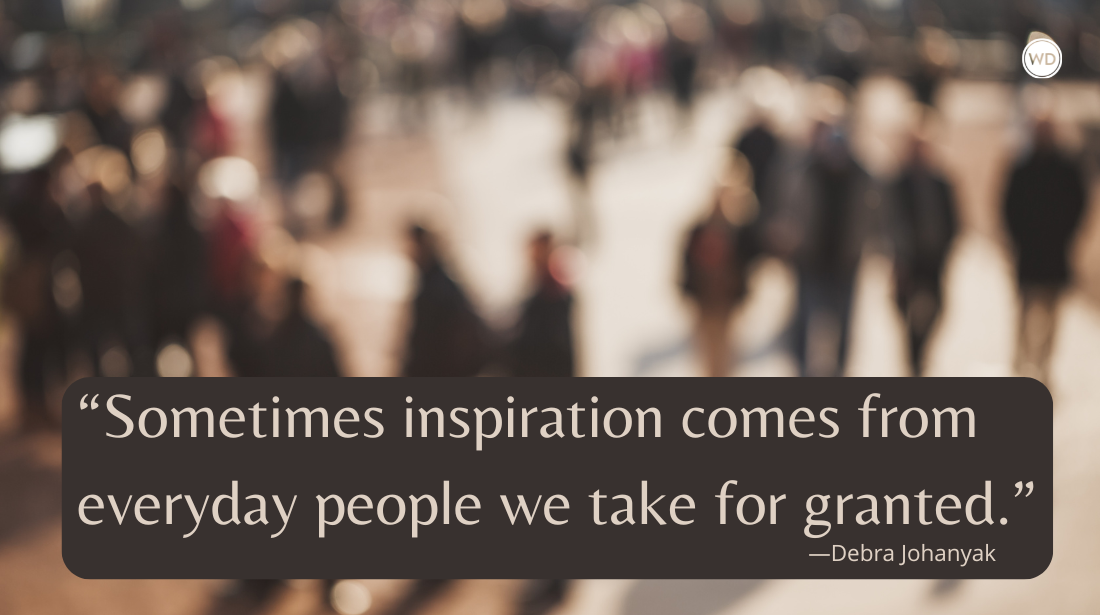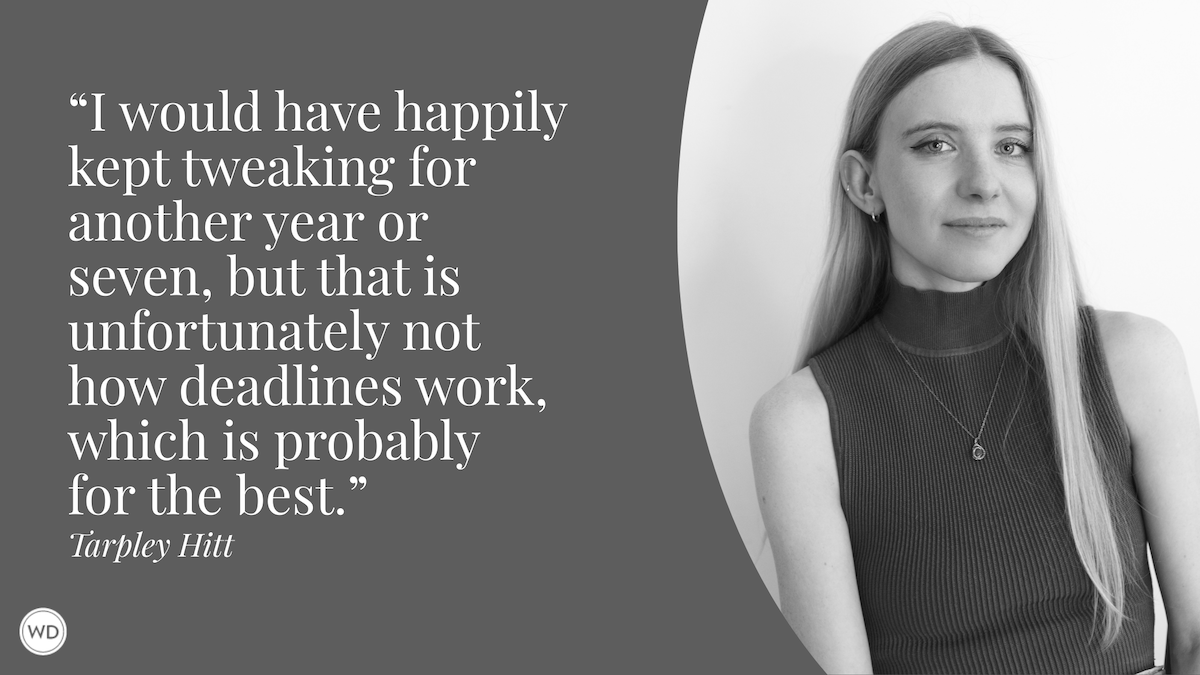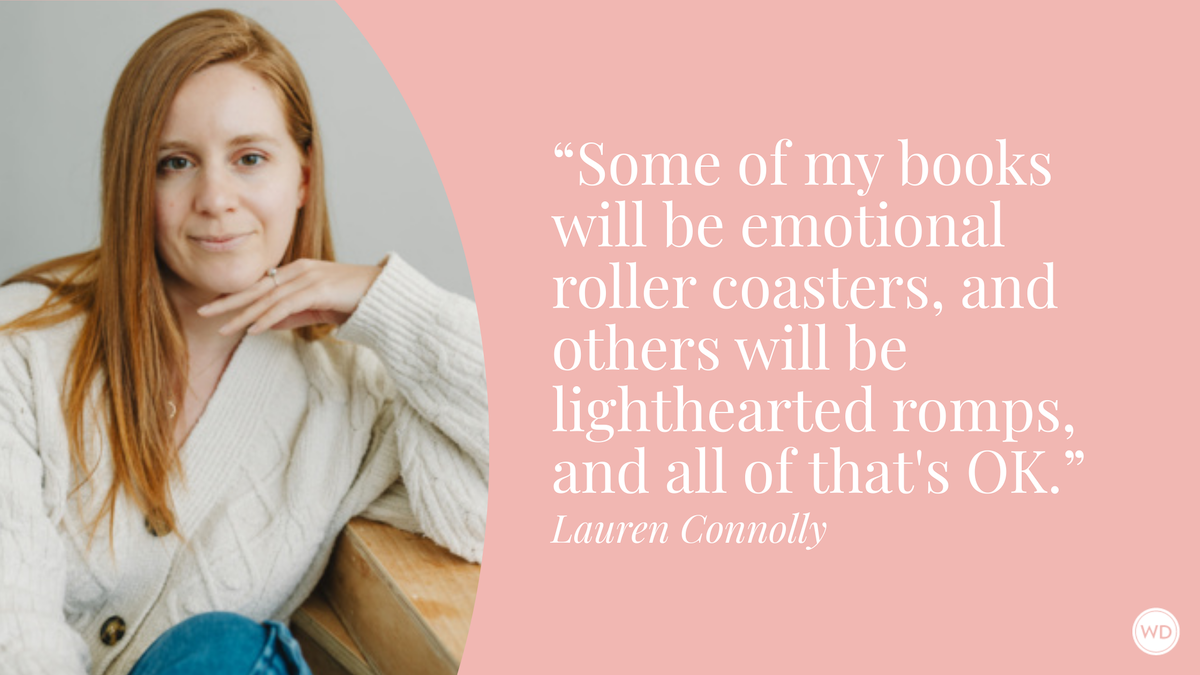Bring Diversity to Your Publishing—and to Your Bookshelf
We invited professor, award-winning author and National Black Writers Conference co-founder Elizabeth Nunez to contribute to the conversation on diversity in publishing. Here’s what she had to say.
Editor’s Note: The discussion of diversity in publishing has been ongoing for decades. Some authors take issue with their books being categorized as “African-American Literature,” “Women’s Fiction” or “LGBTQ” (Lesbian, Gay, Bisexual, Transgender, Queer). Others don’t object to the labels, but decry the difficulty of breaking in when publishers identify your readership as “niche.” At WD, we receive letters asking: Where are the black agents and editors? Why so few minorities on the bestsellers lists?
While we don’t have the answers, we’ve been heartened to see campaigns such as We Need Diverse Books taking social media by storm (diversebooks.org). In the spirit of change, we invited professor, award-winning author and National Black Writers Conference co-founder Elizabeth Nunez to contribute to the conversation as a part of this issue’s “It’s Never Too Late!” theme.
We want to hear your perspectives, too. Leave a comment below, or write to writers.digest@fwcommunity.com with “Reader Mail” in the subject line.
Order a copy of Elizabeth Nunez's Not for Everyday Use: A Memoir.
Bookshop | Amazon
[WD uses affiliate links.]
Readers, those of you decrying the paucity of diverse books are about to get mad at me. To rephrase the famous line that propelled Bill Clinton to the presidency: It’s the money! Let me be clearer: Publishers will publish more diverse books if there are more readers for diverse books. The color is green in the publishing industry.
You challenge me. Must we, you say, the minority communities, bear the blame for the low numbers of diverse books published annually that deal with our lives as black, Latino and Asian Americans, books that reflect the lives of the LGBTQ community, the lives of the economically, socially, physically and mentally challenged? What about systemic racism? What about all the isms that shut people out: sexism, ageism, classism? Are publishers simply innocent bystanders taking their cues from the marketplace? Are they really not guilty of deliberately withholding the publication of books that deal with the experiences of minority populations?
A few years ago I attended the famous Calabash International Literary Festival in Jamaica. The much-revered poet Sonia Sanchez, one of the early members of the Harlem Writers Guild, was a speaker. At the end of her reading, which was delivered with equal portions of rage and celebration to the beat of her unique musical rhythms, the crowd thronged around her, peppering her with questions and compliments. When the audience finally thinned out, Sanchez turned to me, her face grim. “You see that crowd, Elizabeth,” she said. “They say they love me; they say they love my work. ‘Give us more, Sonia,’ they say. ‘Keep on writing.’ ‘Keep on inspiring us, giving us words to live by.’ But that same crowd will silence me.” (These are not her exact words, but an approximation.)
I was stunned. “How so, Sonia?”
She explained that the very fans who claim they adore her work won’t spend the money to buy a copy of her book. “They wear fancy sneakers, some costing over $100. But $25 for a book? Sonia, that’s too much money. Yet publishers won’t publish a writer whose book is not selling.”
The problem, however, is not simply that too many people do not buy books. Indeed, some publishers make fat profits. The problem is also that too many readers gravitate to books that will not disturb them out of their comfort zones.
Recently, for a course I teach at Hunter College of The City University of New York, I assigned my students the novel Crick Crack, Monkey by Merle Hodge, in which the main character confronts discrimination based on class and skin color. I have a first edition of the novel, published in England 45 years ago. On the cover is a picture of a young, very dark-skinned black girl who resembles the protagonist described in the novel. Her hair is thick, coiled and upswept in knots on either side of her head, and she wears a collared blouse. Surprisingly, I discovered that the picture on the cover of the new edition my students were using had been changed. The girl is not as dark-skinned, her hair is longer, the curls looser and she is wearing a halter top that exposes her bare shoulders.
Why did the publisher change the picture? Did the publisher think that the girl on the new cover would be more acceptable to readers? I know black writers who ask their publishers not to put their photographs on their book jackets. These writers understand, as publishers do, that a jacket cover is an advertisement for a book, and that there are certain images that could telegraph to readers that a certain book may not be “for them.”
But should we give the publishing industry a pass? Should we allow publishers that canard (for canard it seems to me) that they would publish more diverse books if there were more readers for such books?
The publishing industry has a responsibility to society. Publishers hold important keys to the advancement of our culture. They cannot be simply businesspeople, marketers, salespersons. Books have the power to transform us, to inspire us to become our better selves, to warn us against the dangers of worse selves.
The Word, as written in the Bible, and the writings of the Torah and the Quran have served as moral compass for more than 2,000 years for people of faith all over the world. Martin Luther King Jr. was armed with the Bible, but it was also writers like James Baldwin, Richard Wright, John Oliver Killens and Ralph Ellison who spread the word, inspiring not just African Americans to demand their civil rights but also people of the African diaspora around the world. Harper Lee’s To Kill a Mockingbird opened the eyes of Americans to racial injustice but also to the unfair treatment of people with disabilities. Betty Friedan’s The Feminine Mystique set the tone for the women’s movement, and Rachel Carson’s Silent Spring exposed the dangerous effects of pesticides on our health and the environment. And long before the Stonewall riots, the plays of Oscar Wilde and his imprisonment for his homosexual relationships raised the public’s consciousness to the pervasiveness of discrimination against the LGBTQ community. I could go on …
To borrow a metaphor from the much-quoted scholar M.H. Abrams, good literature is both mirror and lamp. In much the same way that a lamp illuminates, throws light on the dark and allows us to see more clearly, a good book tells us the truth about ourselves, about the human condition we all share, and inspires us to change for the better. When we have a plethora of books that in no way function as lamp but simply mirror majority communities while ignoring minority communities, we are in deep trouble, and I, for one, am very scared.
In the May 25, 2015 issue of The New Yorker, the Norwegian writer Karl Ove Knausgaard tries to grapple with the mind of the mass killer who, on an ordinary afternoon in Norway, on July 22, 2011, slaughtered 77 innocent souls, most of them children at a summer camp. “The shock in Norway was total,” writes Knausgaard. How could such a thing happen in a country known to be relatively homogeneous, well functioning and egalitarian? He writes: “The most powerful human forces are found in the meeting of the face and the gaze. Only there do we exist for one another. In the gaze of the other, we become, and in our own gaze others become. It is there, too, that we can be de-stroyed. Being unseen is devastating, and so is not seeing.”
And so, though there is logic in the contention of publishers that they would publish more diverse books if there were more buyers of diverse books, I want to point out the danger in their argument. It is when there is distance between us and the Other that our society breaks down. Evidence the tensions brought to light by recent coast-to-coast protests surrounding incidents of police brutality, and by last summer’s hate killings of nine people in a black church in South Carolina. A report from the National Coalition of Anti-Violence Programs documents 2,016 incidents of anti-LGBTQ violence in the U.S. in 2012, with LGBTQ people of color 1.8 times more likely to experience physical violence in the workplace and shelters compared to their white counterparts. According to the Bureau of Justice Statistics, that same year, 1.3 million persons age 12 or older who had disabilities experienced nonfatal violent crimes.
So, yes, as readers we need to acknowledge the exigencies of the market that determine the kind of books publishers will publish, but publishers need to understand that they have a crucial role to play in narrowing that distance between each of us and the Other. Racism, sexism, discrimination against others who are different from us thrive best in that widening space we too often allow ourselves between those who share our experiences and those who don’t. And our best hopes against the forces that would destroy us are books that tell the stories of the Other, that challenge us to engage with the Other, to see our common humanity, our human flaws, desires, failures and triumphs in the face of the Other.
As I watched CNN’s coverage of the spontaneous outpouring of people of all classes and colors in the streets of New York City after the announcement of the decision not to indict the police officers involved in the fatal chokehold of Eric Garner, I was struck by a comment made by legal analyst Jeffrey Toobin. Why this massive response from the public? CNN’s panel of pundits wanted to know. Hadn’t the statistics about incidents of discrimination already been recounted and much publicized—disproportionate rates of arrests, excessive force by police, lengthy terms of incarceration for drugs that are ubiquitous on Wall Street? Toobin responded that it is not statistics that move people; it is story. And that night, the distance between the life of Eric Garner and the people of New York narrowed. We saw his face; we met his gaze. It was because of his story that we recognized our common humanity in him and we no longer could remain bystanders. We had to get involved.
We need books that are both mirror and lamp, books that mirror the breadth of our enormously rich and diverse experiences and cultural heritage, books that excite our aesthetic sensibilities, that stimulate us to think, that cause us to see ourselves in the Other. We cannot allow publishers to use the excuse that there is not a sufficient market for these books to sustain a profitable margin for their business. Publishers have a responsibility to develop audiences for these books. When publishers decide to put their marketing dollars behind a book, they quite often succeed. Most people rely on recommendations for the choices they make, say for a brand of car, toothpaste, a pharmaceutical. Look at the power Oprah has wielded with her book club.
Publishers need to use their clout to promote diverse books, and so do writers from minority communities, those who’ve achieved a strong following and monetary rewards, as well as those who’ve gained recognition with awards and prizes. A word of commendation from these writers to their influential networks, a blurb on the jacket of a new book, can attract the attention of the public to an otherwise overlooked title. Reviewers and literary organizations that support readings by writers, as well as grant awards, have an important role, too, in promoting diverse books. And we, readers, need to exercise our power and influence by purchasing diverse books. Books, stories about diverse communities, are not a luxury; they are a necessity.
Elizabeth Nunez is the award-winning author of eight novels and the memoir Not for Everyday Use. Her novel Even in Paradise, a modern-day retelling of Shakespeare’s King Lear, will be released in April 2016 to coincide with the 400th Anniversary of the Bard’s death. Nunez is a Distinguished Professor at Hunter College, CUNY.









